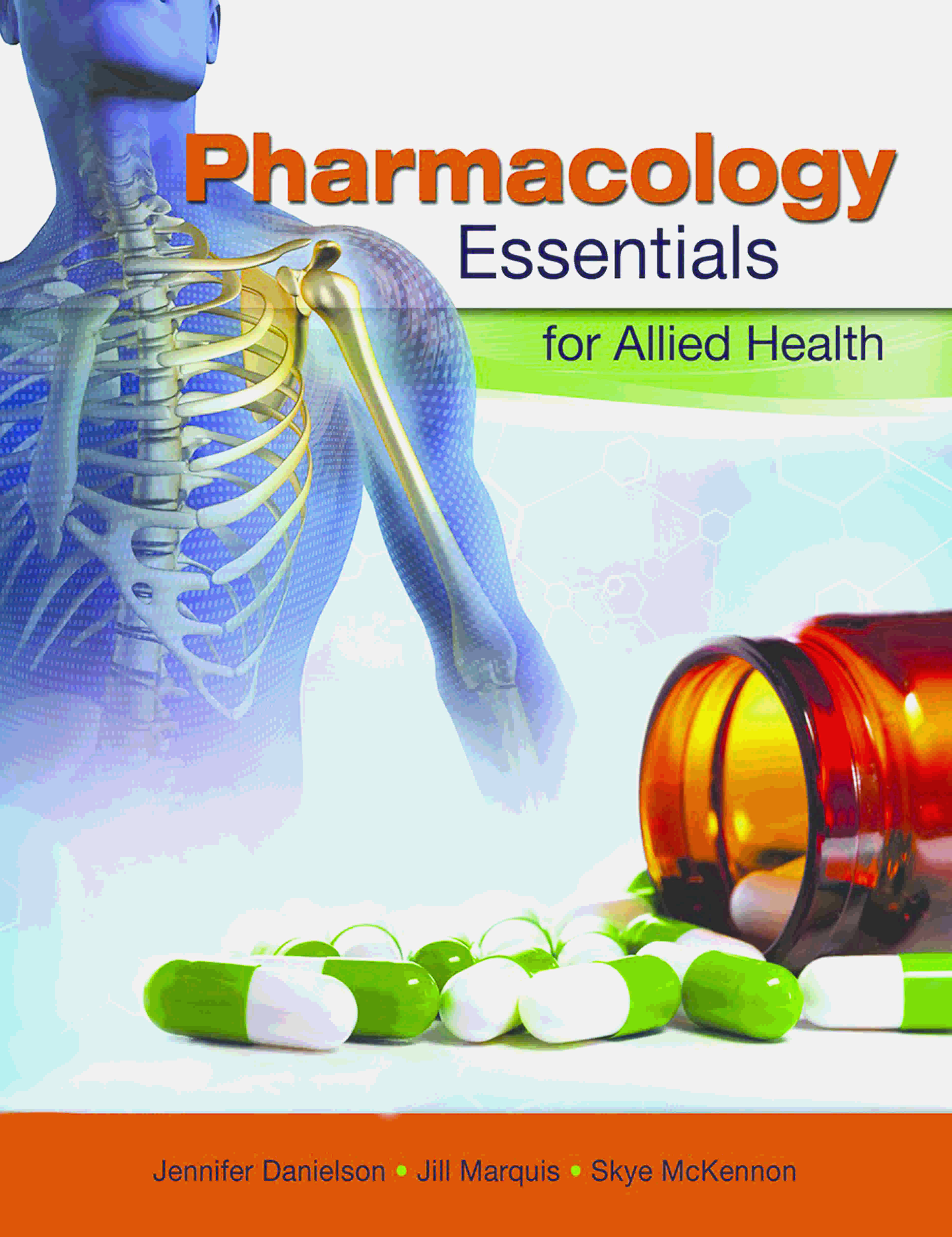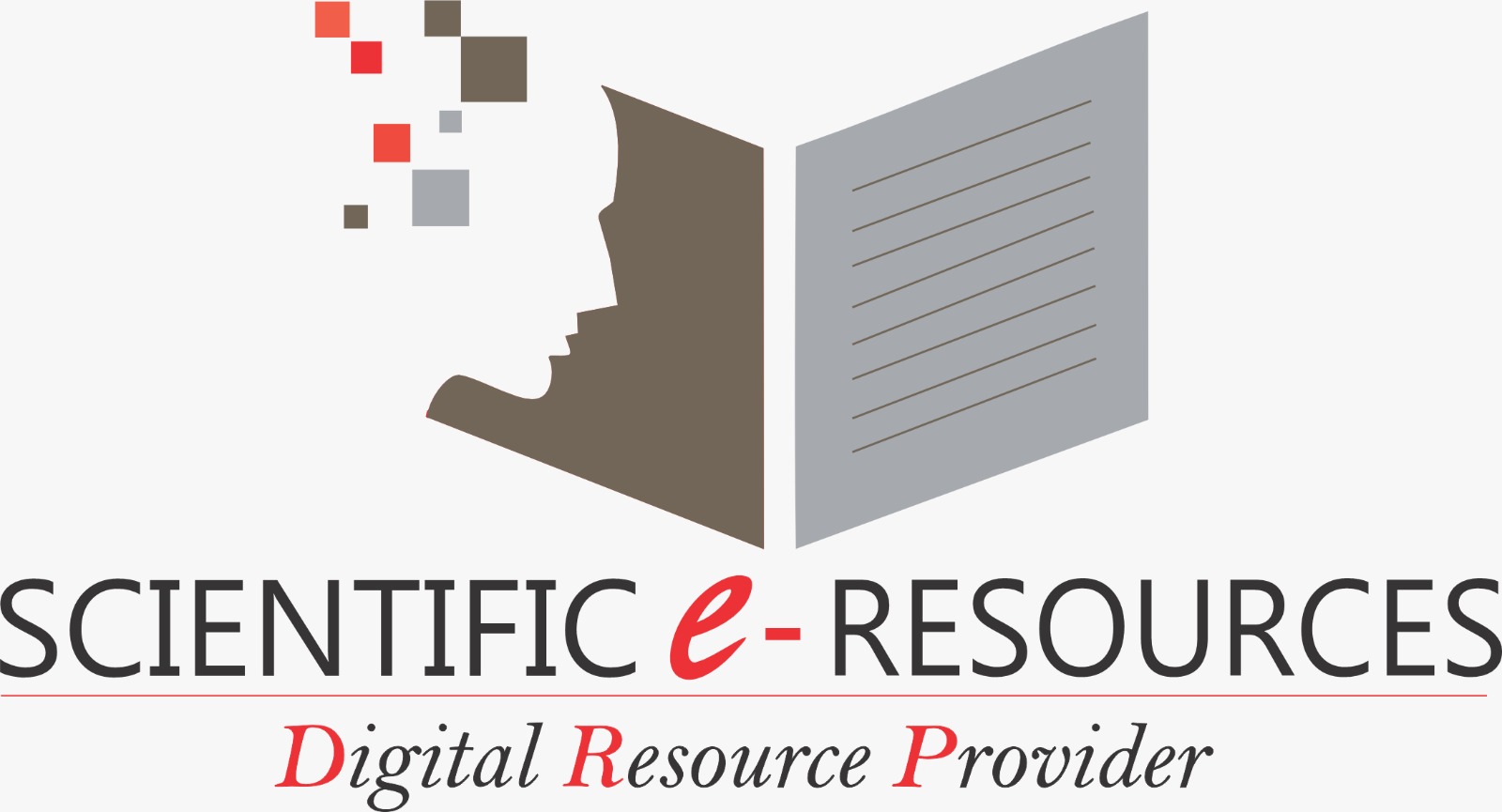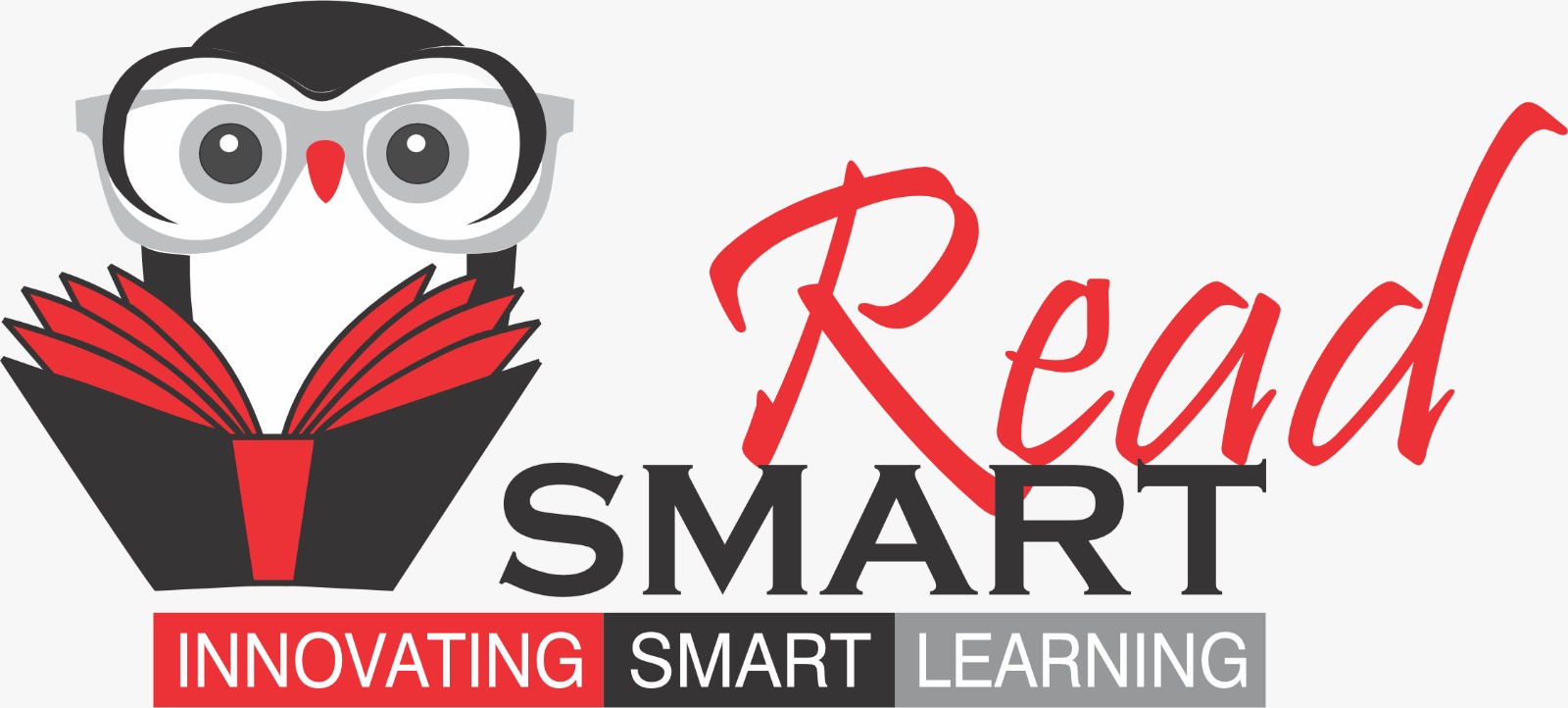Scientific International is a leading publisher of high-quality academic and scientific books across various fields. Our publications are authored by esteemed experts from India and globally, known for their academic excellence and pedagogical approaches. We publish under the MedTech imprint, a rapidly growing platform covering numerous disciplines. Our mission is to provide cutting-edge, accessible content that inspires curiosity and fosters learning, contributing to the global academic community and supporting students, professionals, and researchers worldwide.
Associated partner

PHARMACOLOGY ESSENTIALS FOR ALLIED HEALTH
Rs. 1095
| Attribute | Details |
|---|---|
| ISBN | 9789384007751 |
| Author | DANIELSON |
| Subject | Medical |
| Binding | Paperback |
| Total Pages | |
| Copyright Year | 2017 |
Note : Price subject should be change on the website.
Pharmacology Essentials for Allied Health is an up-to-date textbook written by three doctors of pharmacy to introduce allied health students to the fundamentals of and correlations among three specialty areas: anatomy and physiology, pharmacology, and pharmacy practice. Using an accessible and meaningful approach, this textbook provides students entering the dynamic and growing allied health field a firm foundation in learning these concepts and their applications to real-world settings. The textbook is designed to meet the pharmacology course requirement of allied health students who are enrolled in two-year associate’s degree programs or six-month certification programs at community colleges, technical schools, or private career schools. To receive the greatest benefit from this textbook and its associated courseware, students should have completed and passed courses in basic algebra, medical terminology, and anatomy and physiology. The book has 29 chapters and are grouped into 10 units that provide a logical, stepped approach to learning pharmacology. Each chapter contains several engaging in-text and in-margin features created to aid student learning. These features, as outlined below, challenge students to expand their knowledge, think critically, work collaboratively, test their mastery of chapter content, learn professional expectations, and explore allied health careers. Each chapter begins with a Chapter Opener that includes the following elements: • a Pharm Facts feature that provides unusual or surprising information related to the chapter content • a Professional quotation feature that offers wisdom and advice from an allied health veteran who works in an allied health specialty related to the chapter content. The Learning Objectives listed at the beginning of each chapter establish clear goals for allied health students as they begin their chapter study. These Learning Objectives are correlated with the assessment questions provided on the online Course Navigator learning management system. The boldfaced key terms in each chapter are defined both in context and in the online Course Navigator learning management system. The Career Exploration feature provides students with a list of allied health positions related to the chapter topic. This feature serves as a catalyst for a related career research activity located on the Course Navigator learning management system. Throughout each chapter are Checkpoints, or stopping points, where students pause in their reading to test their comprehension of the content just presented. These best-practice features provide a stepped-learning approach to understanding chapter concepts. The Kolb’s Learning Styles feature boxes are sprinkled throughout each chapter. These activities provide students with tips for learning textbook content based on their learning styles, which students determine by taking the Kolb’s Learning Style Inventory located in Appendix B. Drug Alert feature boxes focus on unusual or harmful drug effects; look-alike, sound-alike drugs; drug interactions and medication safety; and drugs in the news. The Patient Teaching feature boxes offer students communication strategies for patient instruction, a key responsibility of allied health professionals. Patient teaching boxes address topics such as medications, treatments, and procedures. Work Wise margin tips focus on professional soft skills in the workplace. Topics include communication skills, medical terminology and jargon, ethics, professional dress, and patient privacy. The Quick Study margin tips provide fast strategies for learning and remembering chapter concepts. In the Know margin tips offer interesting insights on topics related to chapter concepts. Topics may include items in the news, historical figures, or pharmacology trivia. The margin tip Name Exchange allows students to learn the generic name and corresponding brand names of many of the most popular drugs on the market. At the end of each chapter Summary provides an overview of the key points from the chapter. This feature offers students an opportunity to review all chapter concepts at a glance.





 Continue With Google
Continue With Google
 Continue With Facebook
Continue With Facebook
